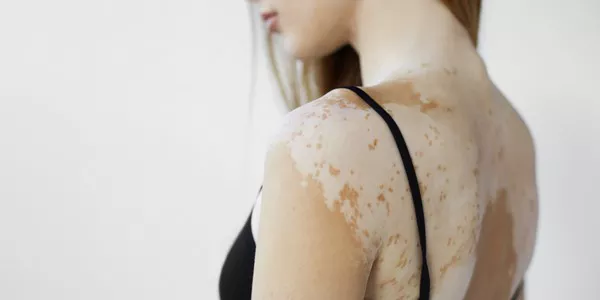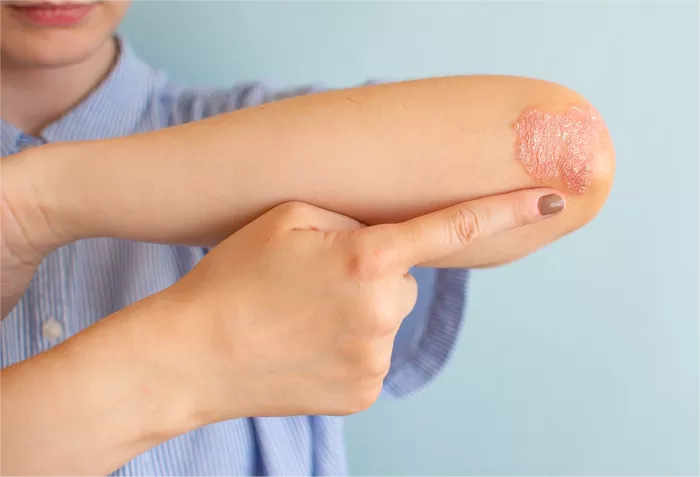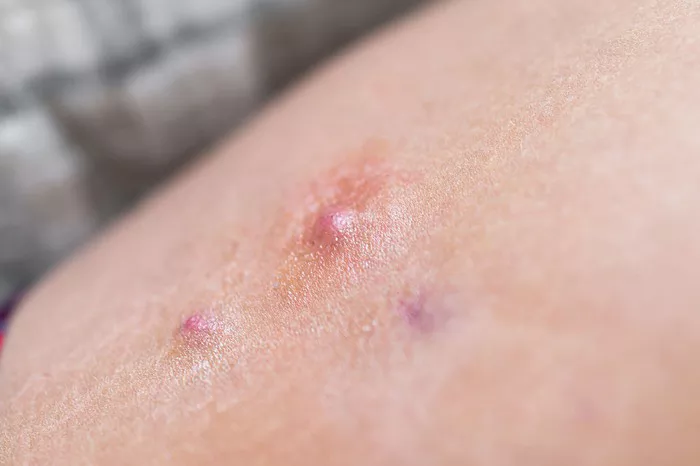Vitiligo is a skin condition characterized by the loss of pigment, resulting in white patches on the skin. While its exact cause remains elusive, researchers and clinicians continue to explore various treatment modalities to manage and potentially reverse its effects. One such modality that has garnered interest is exposure to sunlight, particularly in the morning hours. In this article, we delve into the scientific rationale behind the potential benefits of morning sunlight for vitiligo and examine the evidence supporting its therapeutic use.
Understanding Vitiligo
Before delving into the effects of morning sunlight on vitiligo, it’s essential to grasp the basics of this dermatological condition. Vitiligo occurs when melanocytes, the cells responsible for producing melanin, the pigment that gives skin its color, are destroyed or cease to function. This results in the appearance of white patches on the skin, which can vary in size and location.
The exact cause of vitiligo remains unclear, but it is believed to involve a combination of genetic, autoimmune, and environmental factors. While vitiligo itself is not harmful or contagious, its psychological and emotional impact on individuals can be significant, leading to decreased self-esteem and quality of life.
The Role of Sunlight in Vitiligo
Sunlight exposure has long been recognized for its therapeutic effects on various skin conditions, including vitiligo. Sunlight is a natural source of ultraviolet (UV) radiation, which can stimulate melanocyte activity and promote melanin production in the skin. This process, known as melanogenesis, may help repigment areas affected by vitiligo.
UV radiation can be divided into three types based on wavelength: UVA, UVB, and UVC. Of these, UVB radiation is particularly relevant to vitiligo treatment as it penetrates the epidermis and stimulates melanocyte activity. Furthermore, UVB therapy has been a mainstay in the management of vitiligo for decades, with phototherapy sessions conducted using specialized equipment emitting UVB radiation.
The Morning Sunlight Advantage
While sunlight exposure can be beneficial for vitiligo management, the timing of exposure may play a crucial role in optimizing its therapeutic effects. Research suggests that morning sunlight, specifically during the hours around sunrise, may offer unique advantages for individuals with vitiligo.
Morning sunlight tends to be gentler compared to sunlight during midday when UV radiation is at its peak. The angle of the sun’s rays during the morning hours results in a lower intensity of UV radiation, reducing the risk of sunburn and skin damage. Additionally, exposure to morning sunlight provides a natural source of Vitamin D, which is essential for overall skin health and immune function.
Evidence Supporting Morning Sunlight Therapy
Several studies have investigated the efficacy of morning sunlight therapy in vitiligo management, with promising results. One study published in the Journal of the European Academy of Dermatology and Venereology found that patients who received morning sunlight exposure as an adjuvant therapy alongside conventional treatments experienced faster repigmentation compared to those who did not receive sunlight therapy.
Another study conducted in India, where vitiligo prevalence is relatively high, evaluated the effects of morning sunlight exposure on vitiligo lesions. The researchers observed significant repigmentation in areas exposed to morning sunlight, with improvements noted in both pigmentation and texture of the skin.
Safety Considerations and Precautions
While morning sunlight therapy holds promise for individuals with vitiligo, it’s essential to approach sun exposure with caution to minimize the risk of adverse effects. Here are some safety considerations and precautions to keep in mind:
1. Sunscreen: Apply a broad-spectrum sunscreen with a high SPF to areas of the skin not affected by vitiligo to protect against sunburn and skin damage.
2. Gradual Exposure: Start with short periods of morning sunlight exposure, gradually increasing duration over time to avoid sunburn.
3. Protective Clothing: Wear protective clothing, such as wide-brimmed hats and long-sleeved shirts, to minimize direct sun exposure to sensitive areas.
4. Consultation with a Dermatologist: Before starting any sunlight therapy regimen, consult with a dermatologist or healthcare provider to assess individual risk factors and develop a personalized treatment plan.
Conclusion
In conclusion, morning sunlight therapy shows promise as a complementary approach for managing vitiligo. By harnessing the therapeutic potential of sunlight, individuals with vitiligo may experience improvements in pigmentation and overall skin health. However, it’s crucial to approach sunlight exposure with caution and adhere to safety guidelines to minimize the risk of adverse effects. Further research is warranted to elucidate the optimal duration and frequency of morning sunlight therapy and its long-term effects on vitiligo management.
Related Topics:
Can Plastic Surgery Cure Vitiligo?



























